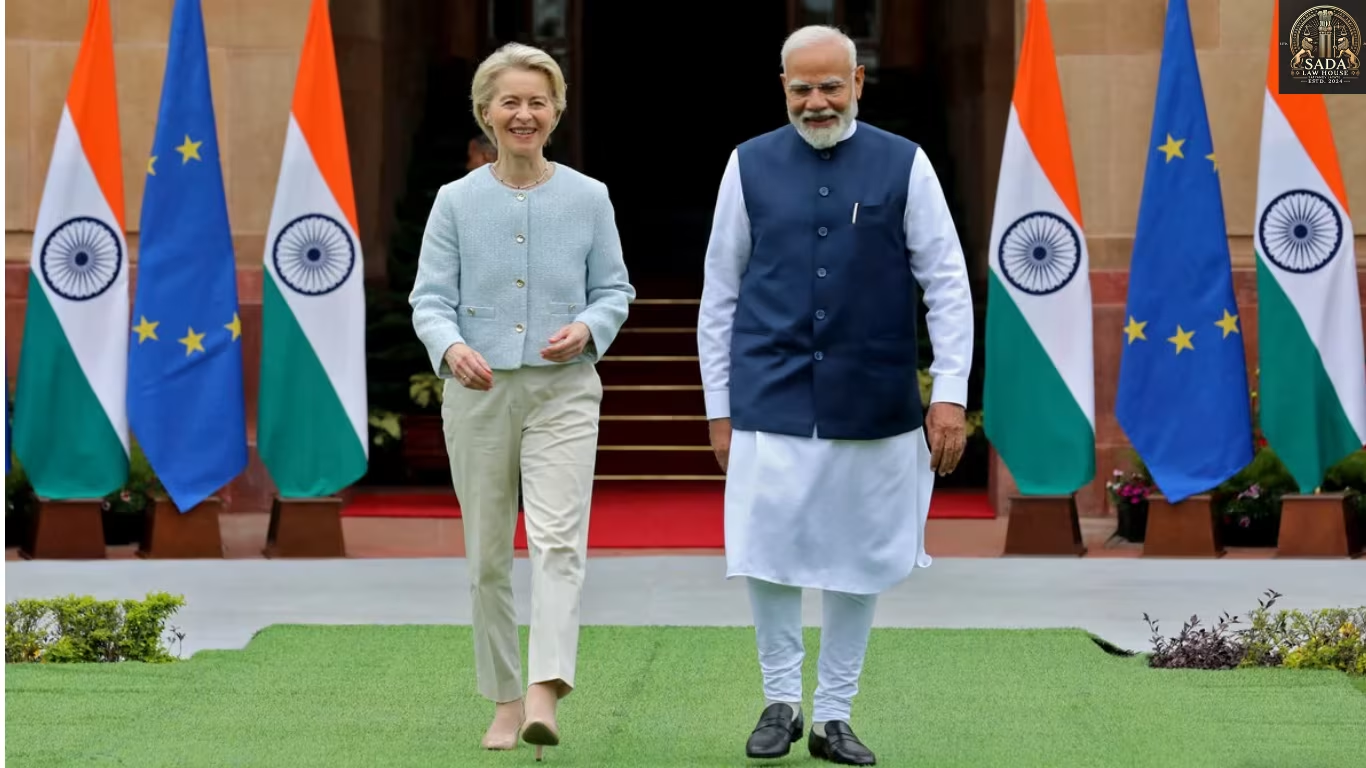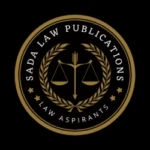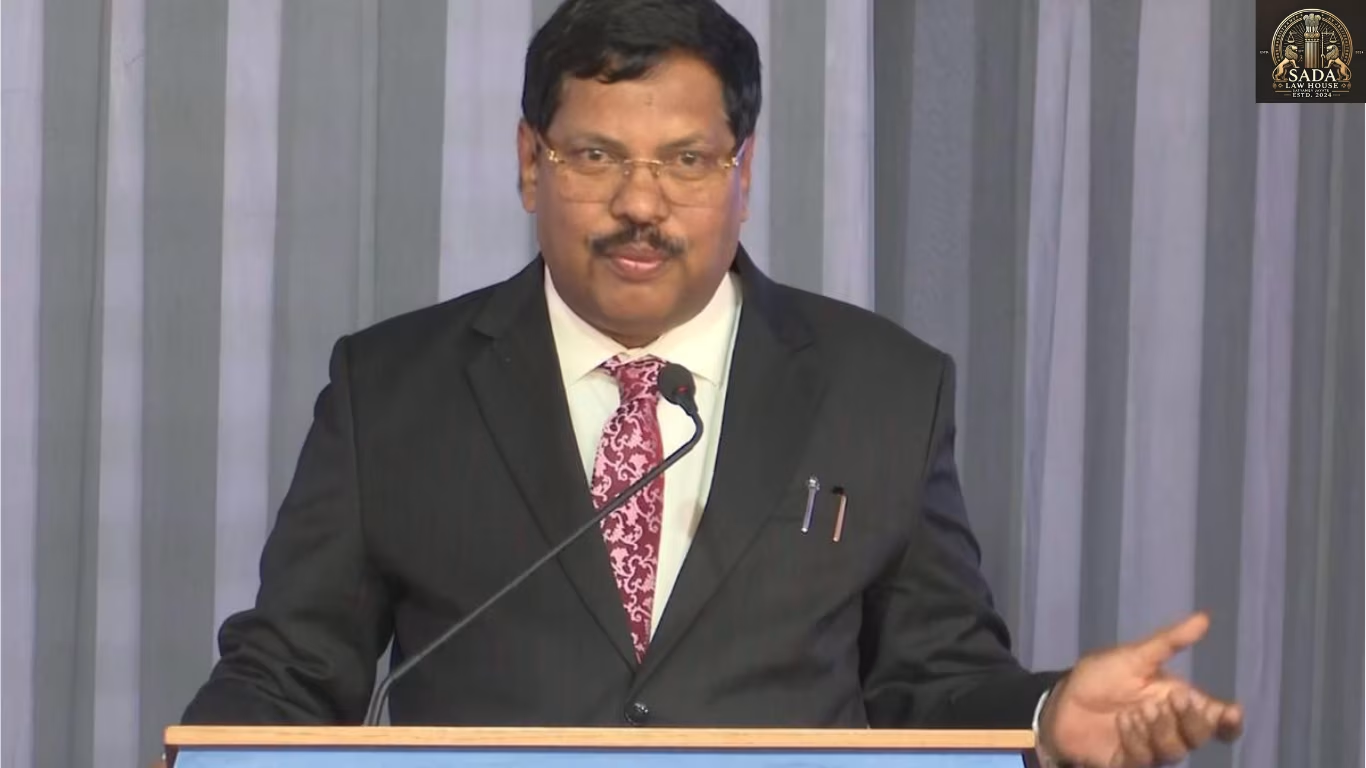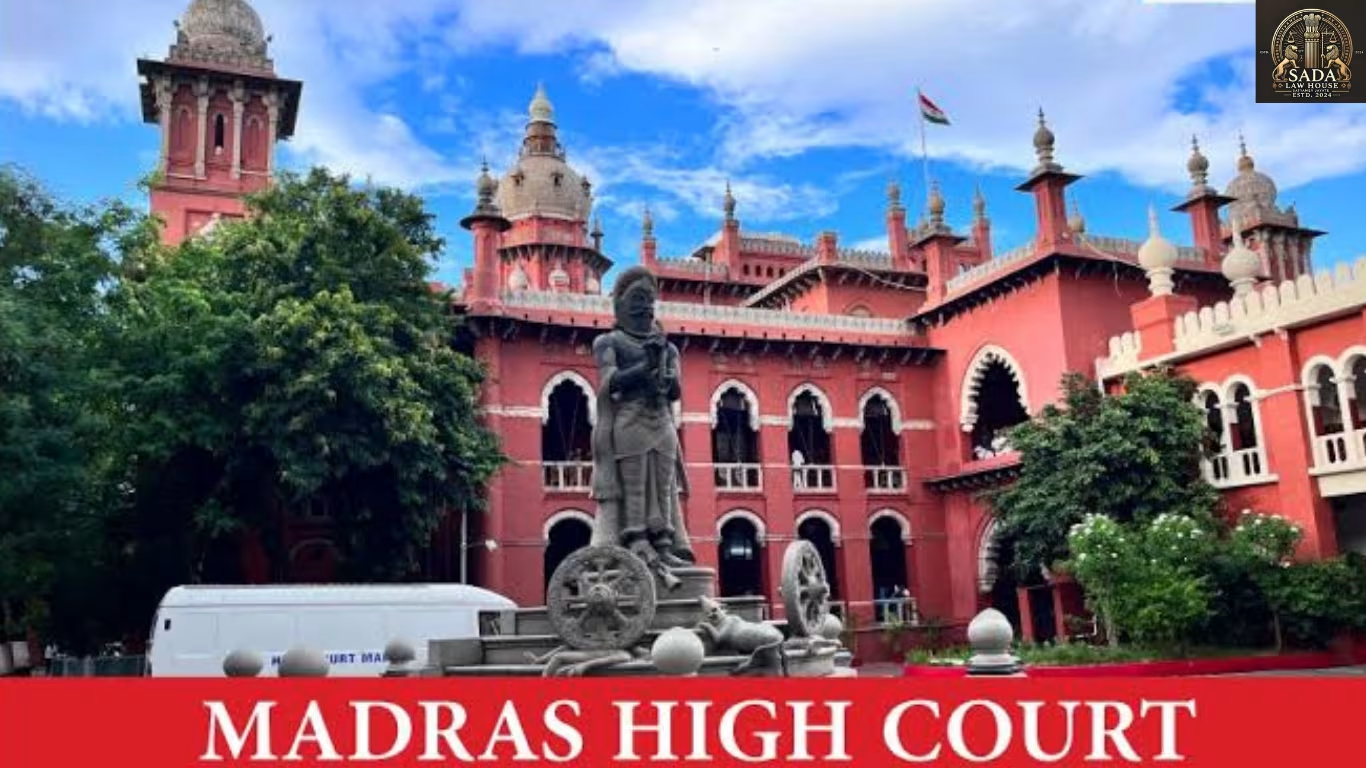EU Unveils New Strategic Agenda to Deepen Prosperity, Security Ties with India
- Shivani Garg
- 19 September 2025

Introduction
On 17 September 2025, the European Union unveiled a Joint Communication titled “On a New Strategic EU-India Agenda”, outlining a framework to elevate the EU-India partnership. The strategy envisions deepened prosperity, security cooperation, and collaboration on global challenges, while addressing shared geopolitical and economic priorities.
Background
India and the EU have been engaging through annual summits and sectoral dialogues for years, but progress has often been uneven, particularly on trade and mobility issues. With a shifting global order—marked by China’s rise, Russia’s war in Ukraine, and supply chain vulnerabilities—Brussels sees India as a crucial partner to uphold a rules-based international system and diversify partnerships beyond traditional transatlantic ties.
Key Developments
Security & Defense Cooperation
Launch of a proposed Security and Defence Partnership, modeled after EU’s arrangements with Japan and South Korea.
Joint initiatives in crisis management, maritime securitStrategicAgenda
SecurityCooperation
y, cyber defence, counter-terrorism, and critical infrastructure protection.
Negotiations for a Security of Information Agreement to allow classified information exchange.
Trade, Technology & Economic Security
Renewed push for the stalled EU-India Free Trade Agreement (FTA).
Cooperation on resilient supply chains, digital technologies, AI, and green technologies.
Prospects for an EU-India startup partnership and India’s association with the Horizon Europe research programme.
Climate, Clean Energy & Sustainability
Focus on renewable energy, green hydrogen, and decarbonization of heavy industries.
Joint action on health systems, climate resilience, disaster readiness, and food security.
Connectivity, Mobility & Global Development
Strengthening regional projects such as the India-Middle East-Europe Economic Corridor (IMEC).
Expanded trilateral and third-country cooperation under the EU’s Global Gateway strategy, especially in South Asia and Africa.
Greater mobility opportunities for students, researchers, and skilled workers, with pilot legal frameworks for movement.
Issues
Policy Divergences: India’s energy ties with Russia and participation in certain military alignments may conflict with EU positions.
Trade Barriers: Regulatory differences, environmental standards, and labour rules remain hurdles in FTA talks.
Implementation Gap: Translating broad commitments into concrete, funded, and time-bound projects requires sustained political will.
Current Status
The strategic agenda is still at a framework stage, with negotiations on defence cooperation, mobility, and trade ongoing. Both sides have emphasized the urgency of moving beyond declarations into practical initiatives, particularly in security, climate, and economic partnerships.
Conclusion
The EU’s new strategic agenda with India underscores the recognition of New Delhi as an indispensable partner in global politics and economics. While opportunities abound in security, trade, technology, and clean energy, success will depend on overcoming divergences and turning the ambitious roadmap into tangible outcomes. The next few years will test the resilience and pragmatism of this evolving partnership.






